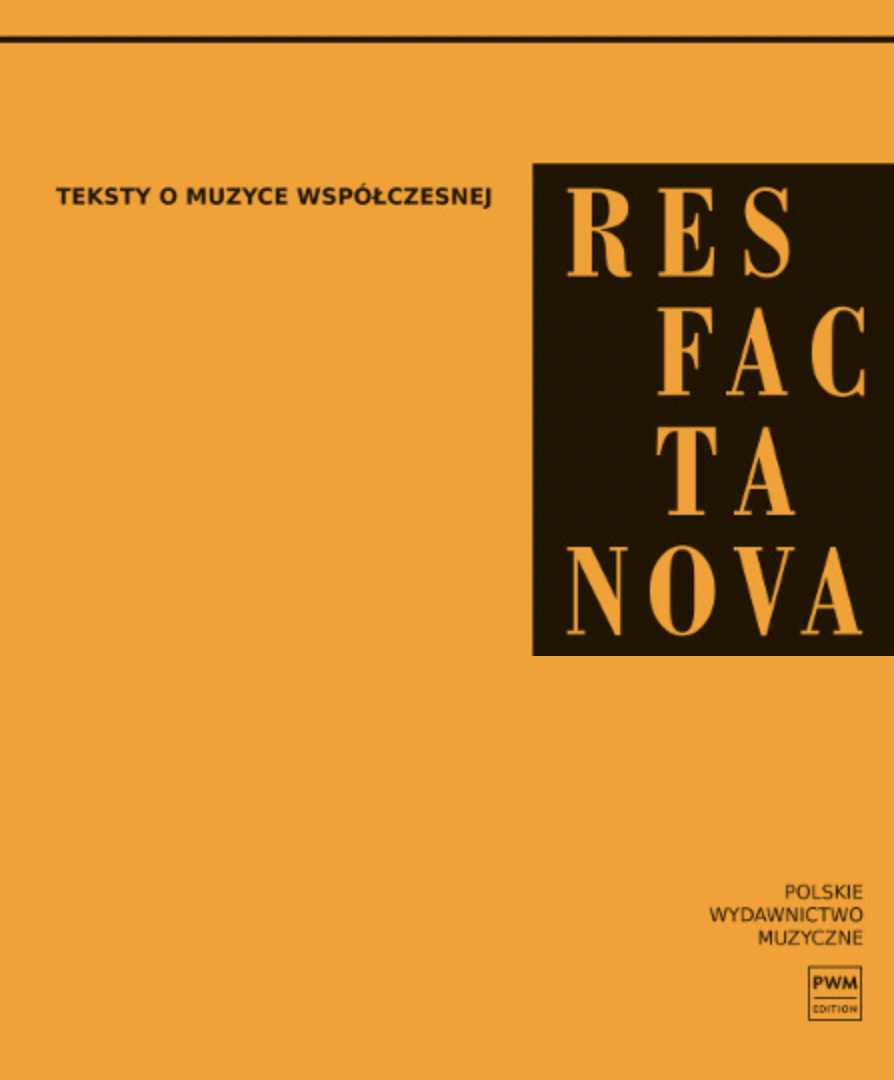Uchem krytyka. Idiom kompozytorski Pawła Szymańskiego w ujęciu Andrzeja Chłopeckiego
In the critic’s ear. Paweł Szymański’s compositional idiom in the conception of Andrzej Chłopecki
Author(s): Magdalena Nowicka-CiecierskaSubject(s): Music
Published by: Polskie Wydawnictwo Muzyczne
Keywords: Andrzej Chłopecki; Paweł Szymański; composer’s idiom; Polish musical criticism; surconventionalism
Summary/Abstract: The article aims to present the compositional idiom of Paweł Szy-mański (b. 1954) as conceived by Andrzej Chłopecki (1950–2012), an outstanding Polish music critic and musicologist. His opinion-forming texts, written in a distinctive language, resonated widely in the Polish and international music community. The article has the character of a review, presenting quotations from Chłopecki’s texts regarded by the author as the most significant, confronted with self-reflections of the composer himself, as well as references to other researchers’ com-ments. The initial part of the article describes Chłopecki’s promotional activities in relation to Szymański’s work. As an active employee of the Polish Radio, Chłopecki was in a position to commission works, prepare programmes on the subject of the composer’s music, as well as organise a monographic festival presenting the majority of his works. The next section of the article recapitulates the first important text by this opinion-forming critic which discusses the works of Szy-mański, titled W poszukiwaniu utraconego ładu. „Pokolenie” Stalowej Woli [In search of lost order. The Stalowa Wola „generation”]. In it the critic emphasised the role of tonality and the Baroque as the archetype always present in the composer’s music. The central part of the article discusses the main features of Szymański’s music, the subject of Chłopecki’s later texts; these included heterophony, bidirectional composing, and the dialectic interplay between structure and its transformations. The last section of the article talks about the charge made by the critic against the composer, that of remaining within the same aesthetics, even though placing his compositions among the most significant and individual phenomena of postmodernist music
Journal: Res Facta Nova
- Issue Year: 2019
- Issue No: 20 (29)
- Page Range: 29-41
- Page Count: 12
- Language: Polish

